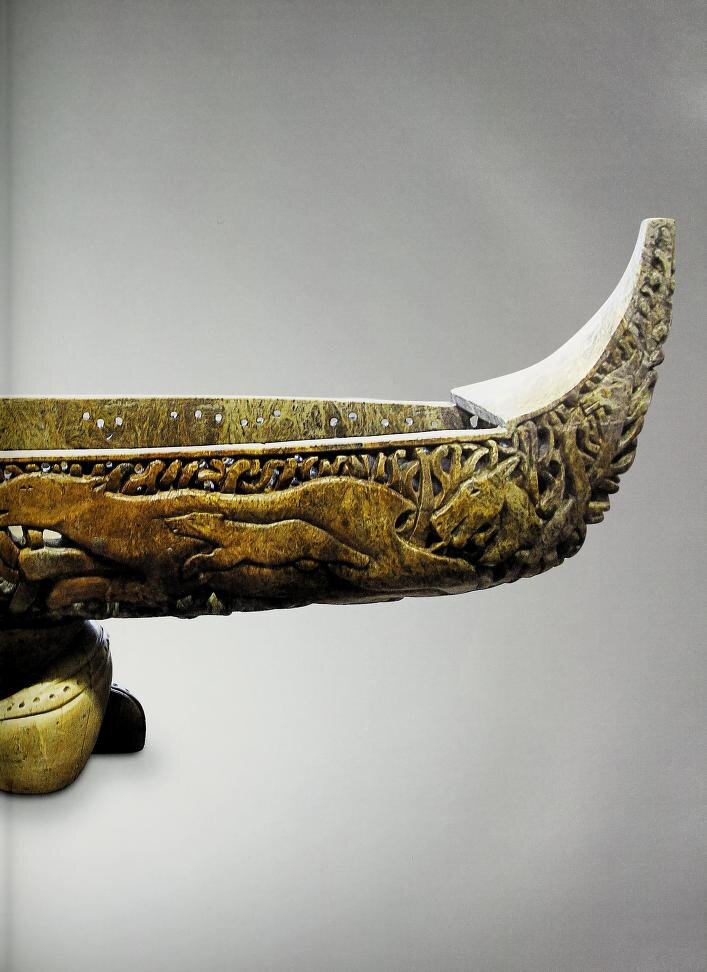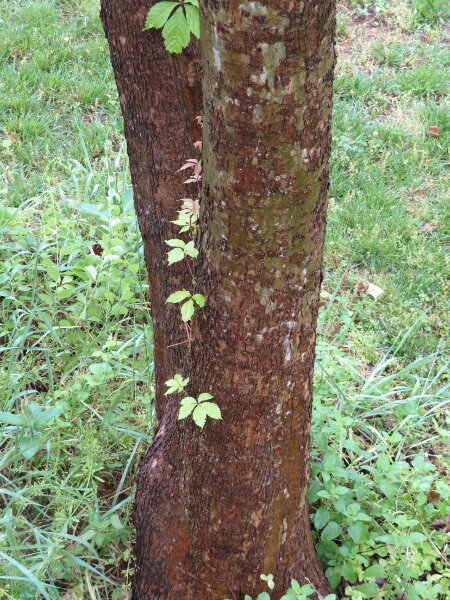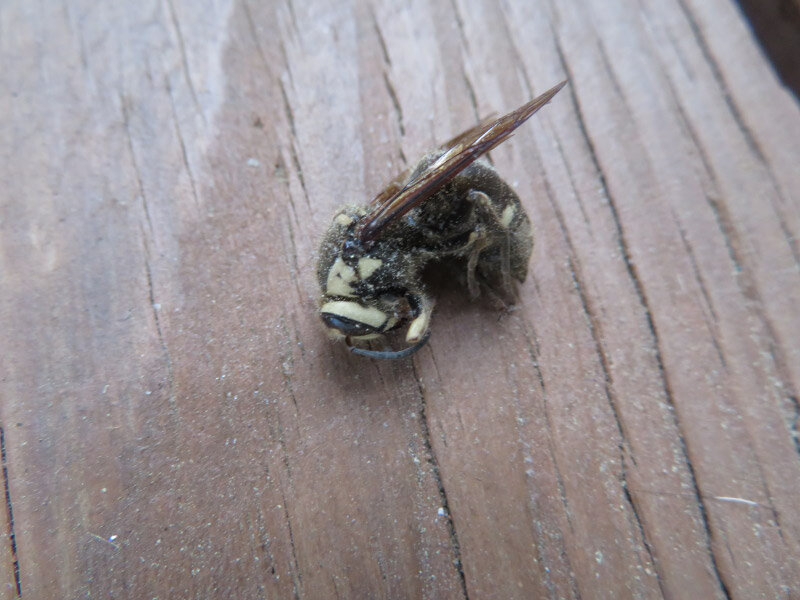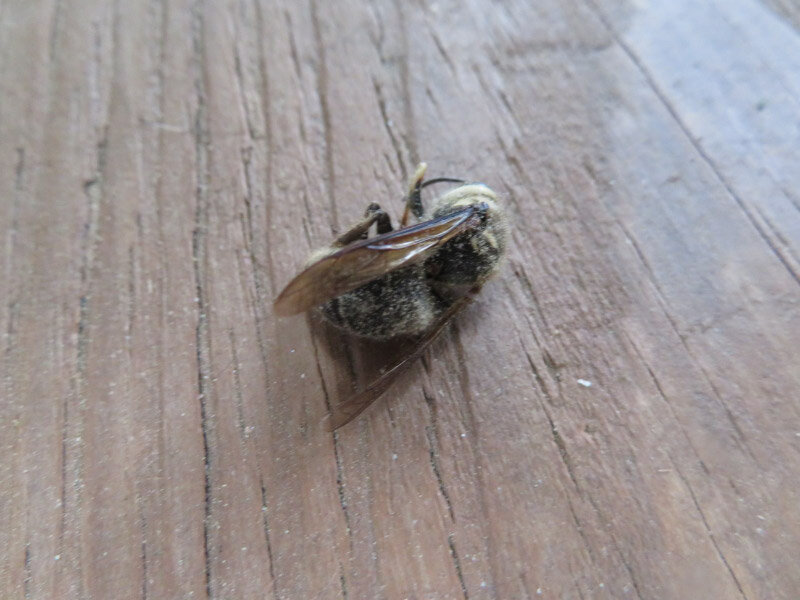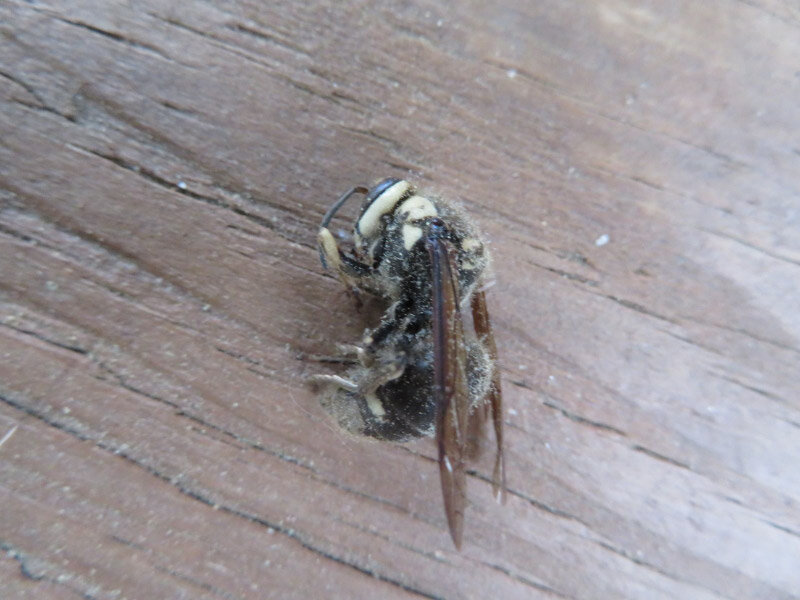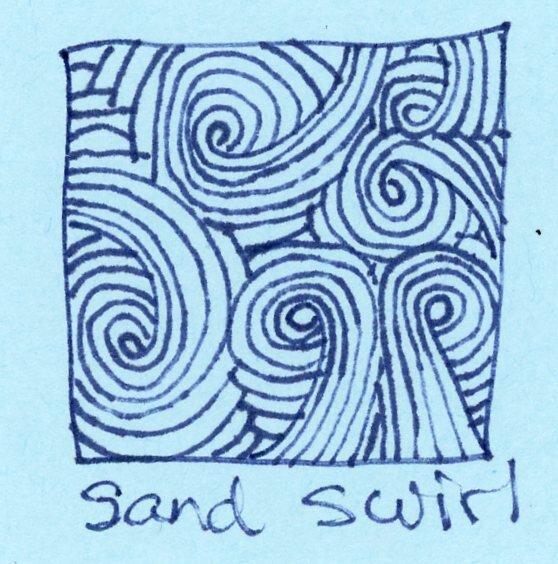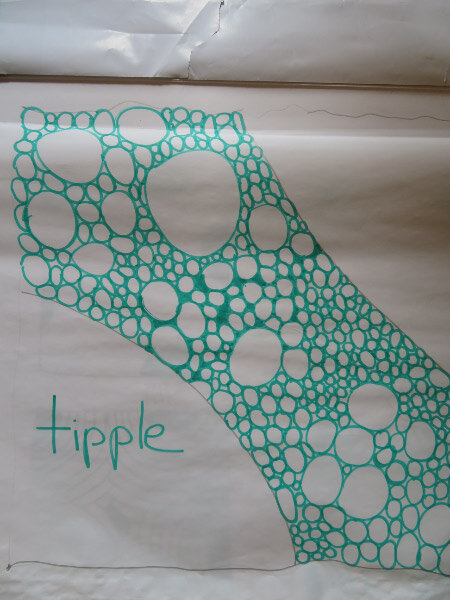Gleanings of the Week Ending April 12, 2025
/The items below were ‘the cream’ of the articles and websites I found this past week. Click on the light green text to look at the article.
Doctor shortages have hobbled health care for decades − and the trend could be worsening – It does seem like it is getting harder and harder to make an appointment with my doctor…and I have yet to see the same doctor twice for my annual checkup since we moved to Missouri. This article provides some background into why the US is increasingly short of doctors.
Your neighborhood might affect your risk of dementia - Most studies of risk factors for Alzheimer's disease focus on the individual level, not the community level. Of course, intervening at the community level is challenging, but prioritizing disadvantaged communities may be an effective way to mobilize resources for older adults and provide avenues for reducing the risk of dementia for the overall community.
Mangrove Pioneers - On the ground, a team surveying tidal marshes near the Florida–Georgia border in 2024 found red mangroves (Rhizophora mangle) and black mangroves (Avicennia germinans) growing 50 miles (80 kilometers) and 14 miles (23 kilometers) farther north, respectively, than their previously documented range. Landsat and other satellite imagery are valuable for monitoring marsh-to-mangrove transitions over larger areas and longer time frames. Conditions along the U.S. East Coast are conducive to mangrove territory expansion - less-frequent extreme cold events and rising winter temperatures in the region as contributing factors to the trees’ survival.
These Carnivorous Snails Slurp Earthworms Like Spaghetti – Snails in New Zealand….the short video is worth watching!
Why Norway is restoring its Cold War military bunkers - Norway is a land with many bunkers. At the peak of the Cold War, the sparsely populated, mountainous country had around 3,000 underground facilities where its armed forces and allies could hide and make life difficult for any invader. Norway is reactivating two of their most iconic underground structures of the Cold War. The role of the reactivated base which has had structural and equipment upgrades is to help the "resilience and survivability" of Norway's F-35s in the face of a Russian attack.
Are Hairstyles the Key to Unlocking Art History’s Most Famous Portraits? - Hairstyling has always been a way that women exacted agency over their self-presentation. Paintings and sculptures can be rare visual records of these carefully chosen, and ephemeral, hairdos—which, unlike fashion garments, can’t survive and be passed down. (Although some historic wigs and clip-ins have stood the test of time and made it into museum collections.)
Making Sense of Butterfly Declines - Over the past two decades, the total number of butterflies across 554 species has plummeted by 22%. That means a loss of about one butterfly out of every five observed since 2000. This alarming trend underscores the severity of the decline, with many species experiencing drastic reductions in their populations. Three ways to help butterflies: plant native, plant native milkweed (i.e. native host plants), don’t spray.
2,000-Year-Old Wooden Houses Found in China - Houses in Shaoxing, Zhejiang, that date to the Warring States period (475–221 b.c.). The stilted and terraced wood-frame structures would have been covered with reeds and bamboo. The walls, made of interwoven wooden posts and thatch, retain numerous small holes, which archaeologists believe were left by grass ropes used to bind the structure together. Artifacts recovered from the site included primitive porcelain cups, red pottery tripods, ceramic urns, bronze drill bits, and plentiful remains of domestic animals as well as marine resources.
Retreating Arctic Glaciers Have Exposed 1,500 Miles of Coastline - Scientists tracked the movement of 1,500 coastal glaciers from 2000 to 2020, finding that retreating ice had unveiled hundreds of miles of coastline, largely in Greenland - revealing stores of precious metals…. but they warn that newly exposed coastline, which has not been cemented with ice, is vulnerable to erosion and landslides.
Listen to the First Known Recording of Shark Sounds, a ‘Weird’ Audio Clip Captured at a Marine Lab in New Zealand – Sounds from a rig shark…when it was handled between tests in the lab.














